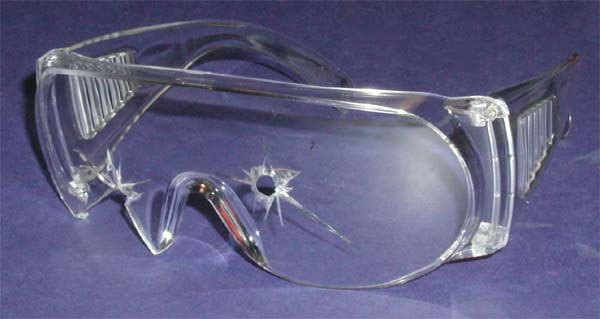The work Downer has completed as part of its enforceable undertaking shows how the process works as a regulatory tool which benefits the victim, the workplace, the sector and the community, says WorkSafe Acting Chief Executive Mike Hargreaves

On 12 May 2016, a worker providing services to Downer New Zealand Limited was working on a bridge where he was cutting bolts off the posts from below the bridge using a portable angle grinder. When cutting a bolt off the post, the blade being used shattered with fragments striking the worker on his face which penetrated his safety glasses.
Following the incident, Downer believed there would be more benefit to the health and safety system from an enforceable undertaking, rather than a prosecution. WorkSafe agreed.
To signal the completion of the process, WorkSafe met representatives from Downer last week to discuss the enforceable undertaking, which involved money being invested back into industry and the wider community.
This included establishing scholarships for tertiary study in workplace health and safety, revising and further developing its contractor prequalification process, paying reparation to the victim, presenting findings on alternative cutting methods to the industry and making a donation to charity.
With more than 50,000 staff working across more than 300 construction sites, Downer has set the bar high when it comes to improved health and safety in the construction sector says WorkSafe, and the company has strongly demonstrated the value of an enforceable undertaking.
Mr Hargreaves says it was great to hear about the benefits of an enforceable undertaking first-hand.
“This is the first time WorkSafe representatives have met with a company as part of the enforceable undertaking process.
“Much of Downer’s total expenditure as part of the enforceable undertaking was invested back into the industry to work towards higher health and safety standards.
“It shows that Downer is committed to health and safety not only within its own business, but right across the industry.”
Mr Hargreaves warns that while WorkSafe saw the value of enforceable undertakings as a regulatory tool, it should not be viewed as a ‘get out of jail for free card’.
“Make no mistake, an enforceable undertaking is onerous. Through these programmes we see a number of important benefits produced for the system and Downer’s recently completed enforceable undertaking is a great example of how the model can work.”
To date there have been 24 accepted enforceable undertakings between WorkSafe and duty holders, which has seen more than $3.8 million distributed across workplaces, industry, and community health and safety initiatives.
For more information see Downer’s enforceable undertaking.




